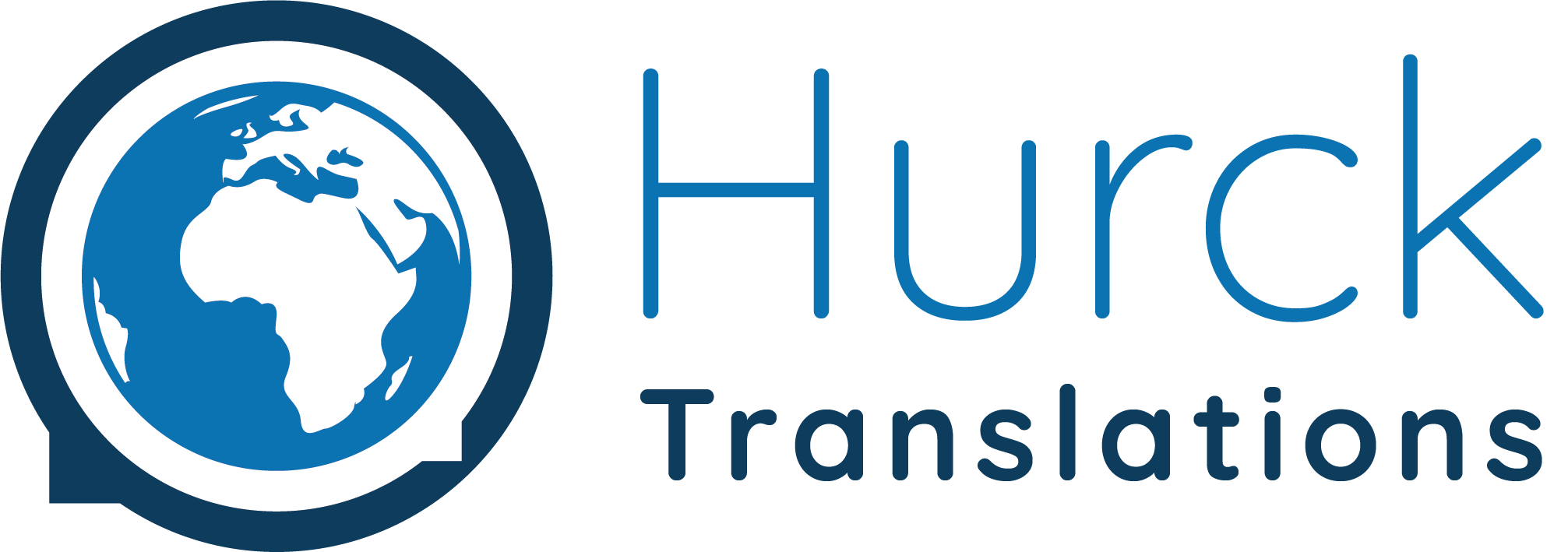
I have been in the freelance business for more than 30 years. In this time I have translated countless documents from a wide range of legal, business, financial and medical fields.
My work is particularly appreciated by courts, law firms, notary’s offices and translation agencies throughout Germany. For me, every translation is a matter of the heart and I am happy to put my expertise at your service.
University studies and long-term experience as a quality feature
My expertise as a sworn translator
In 1993 I completed my studies at Saarland University (minor in economics/business administration) with a translation diploma.
I then worked for two years in a permanent position as a translator at Aumund Fördertechnik, a mechanical engineering company in Rheinberg.
In 1995 I started freelancing and have been working as a freelance translator ever since. Over time, I specialized in the fields of law, business and finance, later adding the field of medicine.
In 1994, I was authorized by the Hamm Higher Regional Court to certify translations into and from English and French. Since then, the authorization is renewed every 5 years.
Although I gain in-depth knowledge in my specialist areas every day through my professional experience, I also keep up to date with changes and developments by attending further training courses to deepen my knowledge.
For example, I passed the specialist examination for the university certificate “Fachkundenachweis Deutsche Rechtssprache” [Certificate of German Legal Terminology] at the Nürtlingen-Geislingen University of Applied Sciences and took part in a further training course on French legal language organized by the BDÜ in 2017.
Translating in itself is continued training.
As a freelancer, I am not tied to a specific company; I receive a wide range of texts in my specialist areas and related fields every day and I expand my knowledge by familiarizing myself with the wording of the source-language texts, by researching background information on the texts (translation is not possible without understanding), and by searching for and integrating previously unknown terms into the target-language translation.


